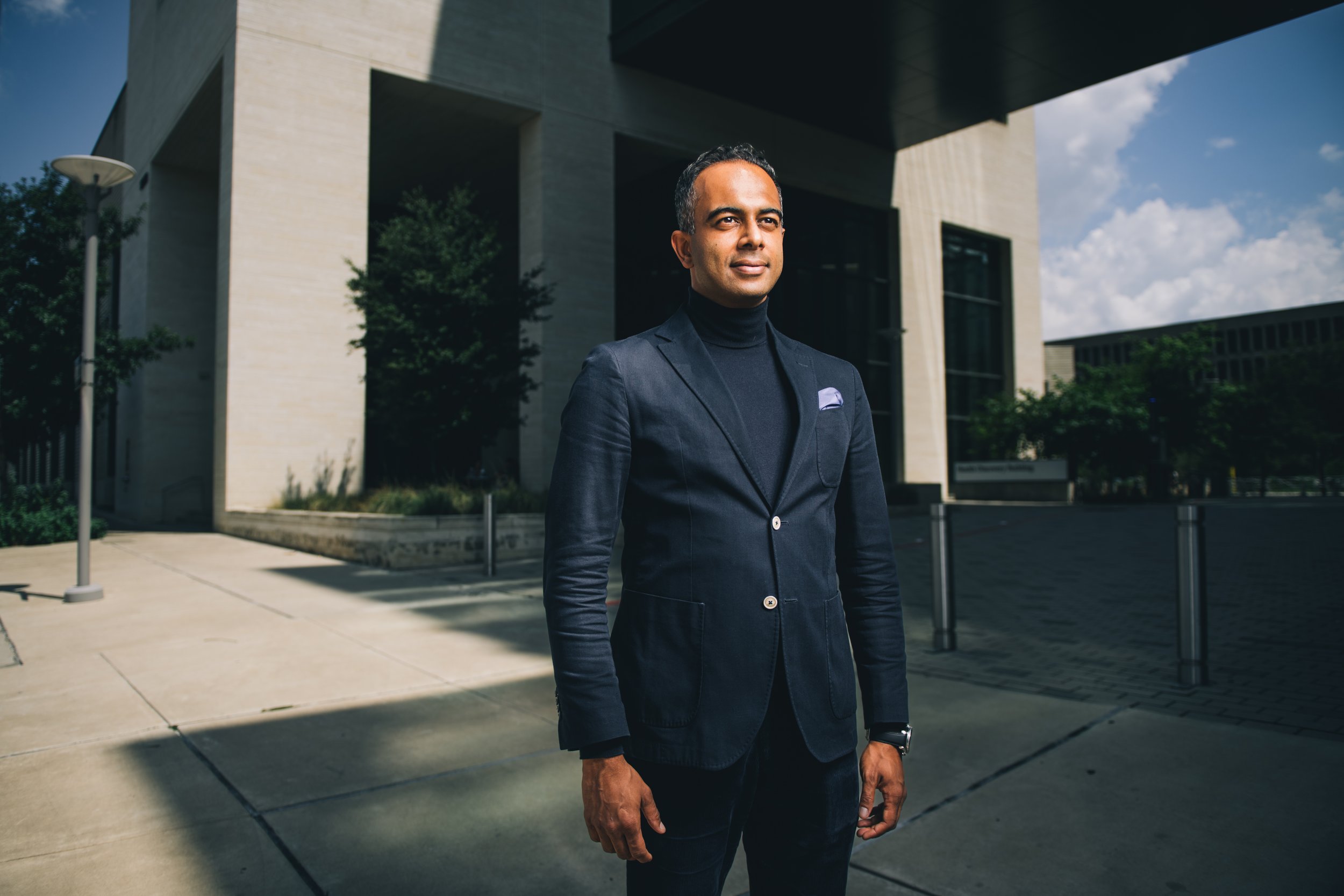
A powerhouse surgeon-scientist brings international expertise to bear on one problem: building a learning health system rooted in value-based care, starting in Central Texas.
The patient’s knee hurts. Osteoarthritis is making it harder for her to do basic tasks like load groceries, play with her grandkids, or go for daily walks in the neighborhood.
Prior to her consult with an orthopaedic surgeon at UT Health Austin’s Musculoskeletal Institute, she fills out a form asking about her pain, function and quality of life. It all seems standard — but behind the scenes, information from that survey combined with clinical data is processed using artificial intelligence, resulting in a personalized recommendation that will help her make a shared decision with her doctor about surgical treatment and more.
It’s the kind of technology-forward solution that Prakash Jayakumar, M.D., Ph.D., has become known for: Last year, he led a study showing that patients who used the AI tool ultimately had better outcomes and a better care experience.
PRAKASH JAYAKUMAR, M.D., PH.D.
The Big Picture: Better Care, Lower Cost
Jayakumar was the first orthopaedic surgeon to be chosen for the prestigious Harkness Fellowship in Health Care Policy and Practice Innovation before joining the faculty at Dell Med’s Department of Surgery and Perioperative Care and the Musculoskeletal Institute. Trained in the U.K. in London and Oxford, and in fellowships across the U.S. and Europe, he’s laser-focused on finding ways to improve health care systemically. Put more simply, Jayakumar is seeking to deliver what we all want: better care at lower cost.
“This type of technology is allowing us to use data to better engage our patients and build relationships with them like never before,” he says.
It doesn’t stop at AI. Another example: Using infrared light sensors that track movement across the entire clinic, Jayakumar and teammates study their movement patterns, working toward a better understanding of where they’re spending their time. One goal is to maximize face time with patients — another way of ultimately improving their outcomes and costs.
“This is one of those unique settings where we can track both the outcomes that matter to patients and true costs of care in real time. We’re living and breathing value-based health care — and using some neat tools and technologies to do just that.”

